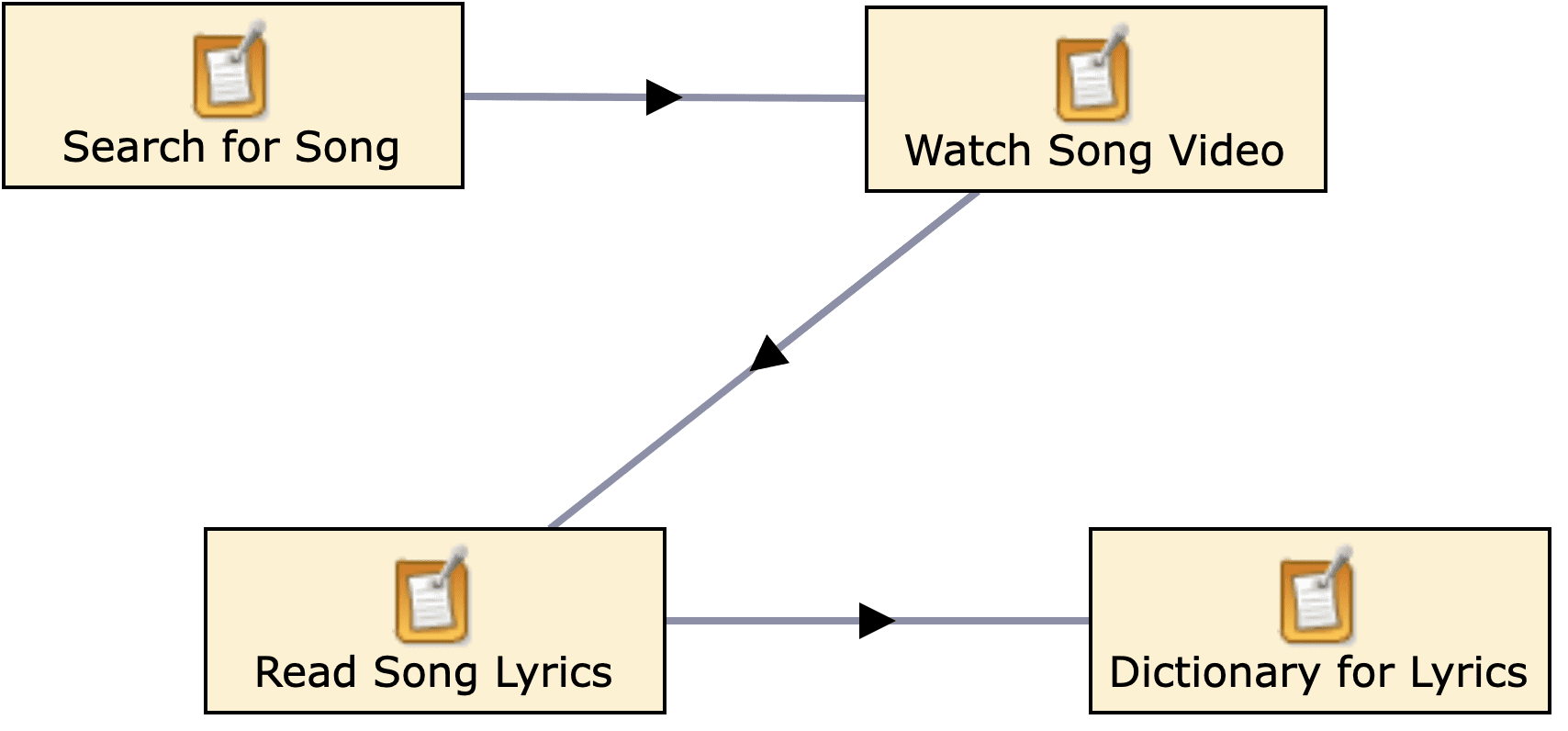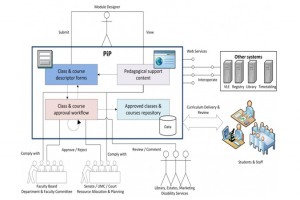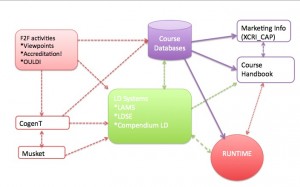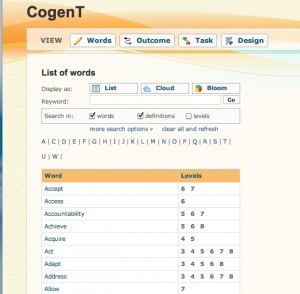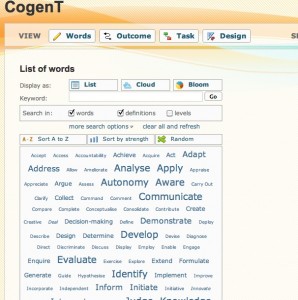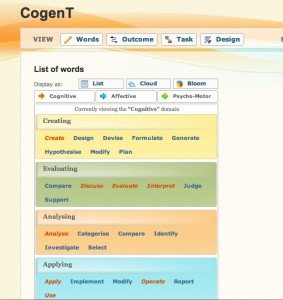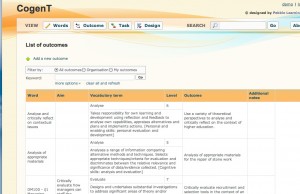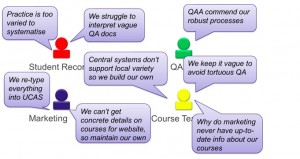The 12 successfully funded projects in the JISC Developing Digital Literacies programme met yesterday (4 October) in Birmingham for the programme start-up meeting.
The aim of the programme is to:
” . . .promote the development of coherent, inclusive and holistic institutional strategies and organisational approaches for developing digital literacies for all staff and students in UK further and higher education.”
with projects:
” . . .working across the following stakeholder groupings in their plans for developing digital literacies: students, academic staff, research staff, librarians and learning resources and support staff, administrators and managers and institutional support staff . . .”
The programme has developed from previous user centred work funded by the JISC Elearning programme starting back in 2008 with the Learners’ experiences of e-learning programme, the 2009 Learning Literacies for a Digital Age Study, the 2010 Supporting learners in a Digital Age study and the series of Digital Literacy workshops being run this year.
To help get to know a bit more about each other, the projects gave three minute elevator pitches (which included a very entertaining poem from Pat Parslow of the Digitally Ready project, University of Reading.) Although all have different approaches, as highlighted by Helen Beetham (part of the programme synthesis team) there are a number of commonalities across the projects including:
*common access and opportunity
*impacts of technology on core practice
*new demands on the sector
Helen also highlighted that at a programme level JISC wants to be able to move forward practice and thinking around digital literacies, build on what we know and not repeat what has gone before. From the short presentations given by the projects, I think there will be a lot rich information coming from all of the projects over the next two years.
As part of CETIS input, I will be providing programme level support around the technologies being used in the programme and collating information into our PROD database. Although the projects are very user-centric, I am particularly interested in surfacing issues around what are the preferred technologies for the different stake holder groups, how are they being provisioned at an institutional level? And, at more holistic level, what does it mean to be a truly digitally literate institution? In parallel with staff/student skills developments what are the technical infrastructure developments that need to be enabled? What are the key messages and workflows that need to truly embedded and understood by everyone in an institution?
I can already see links with the approaches being taken by the DVLE programme in-terms of light weight widgets/apps and mobile integrations with VLEs and other admin processes; and the DIAL project at the University of the Arts as part of its elevator pitch also highlighted links to its OER work. I’ll be writing this up initially as a series of blog posts.
Building on the model developed through the Curriculum Design and Delivery programmes, the Design Studio will also be used as an open collation and sharing space for project outputs. The programme is also going to work with a number of related professional bodies an related membership organisations to help share and promote common sector wide experience and best practice.
